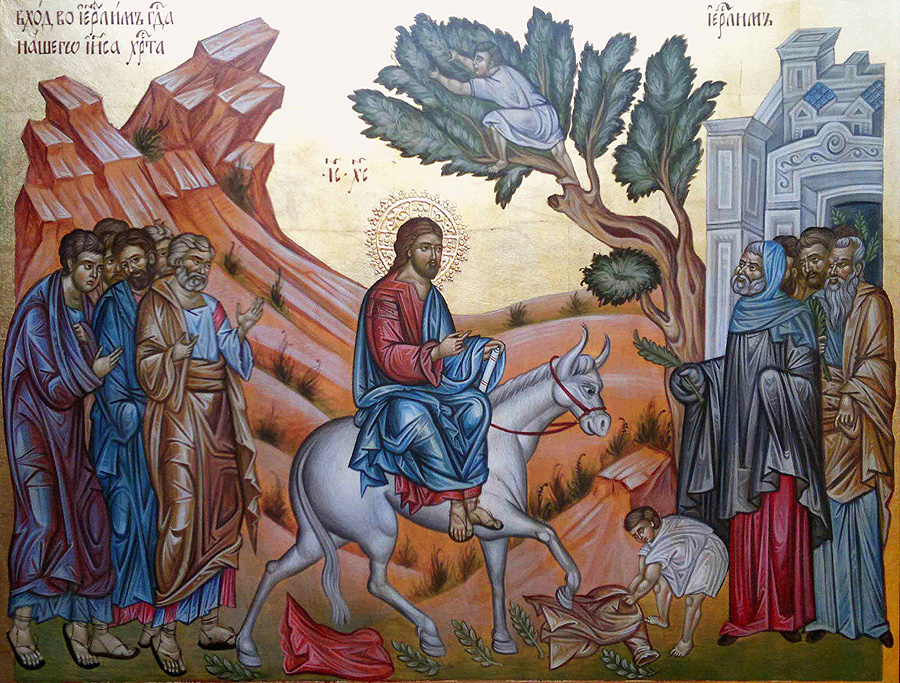 by Bishop Ilias (Miniatis) –
by Bishop Ilias (Miniatis) –
Hosanna: Blessed is the King of Israel that comes in the name of the Lord. (John 12:13)
The Destroyer of hell, conqueror of death, Author of life, our Lord Jesus Christ resurrected Lazarus the Four-Days-Dead. When on the next day He entered into Jerusalem, the entire city was shaken by the news of such a great miracle and the arrival of such a Miracle-Worker. “Who is this?” they asked each other. The entire multitude had gathered for the Passover, as if drawn by a divine wave of hand, and now receives Him with great solemnity as the King of Israel.
Some go before Him, others behind; some cut branches, others throw them on the ground; others spread their garments on the path, and all with one voice—even the little children—exclaim, Hosanna: Blessed is the King of Israel that comes in the name of the Lord! I will mark three circumstances in this light-bearing solemnity: first, the garments that were spread on the ground; second, the palm branches, the signs of victory; and third, the joyful exclamation of: Hosanna, Blessed is He that comes. [Read more…]

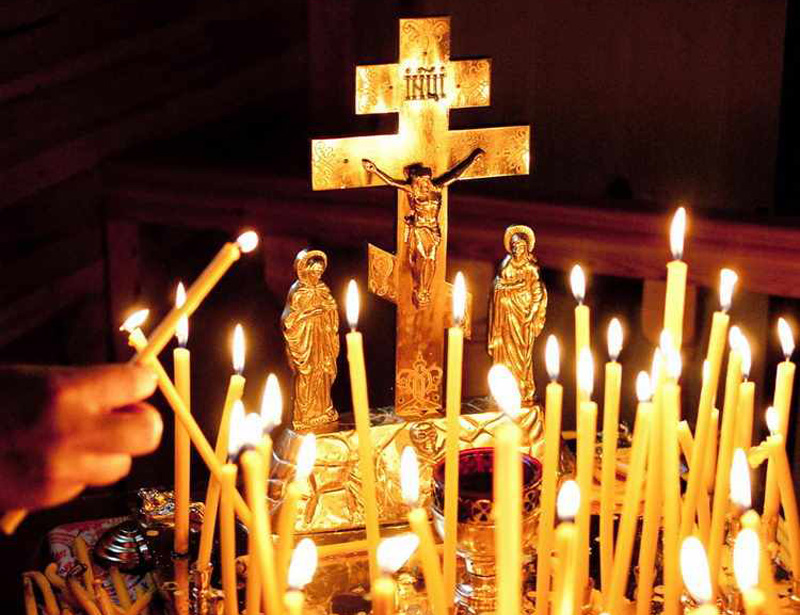 by Fr. John Moses –
by Fr. John Moses –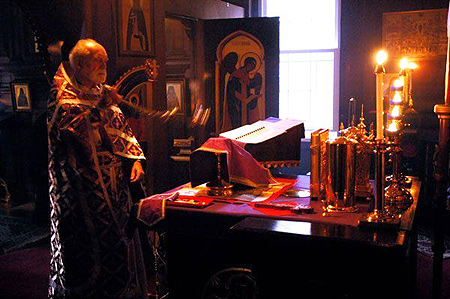 The joyousness which accompanies the performance of the
The joyousness which accompanies the performance of the 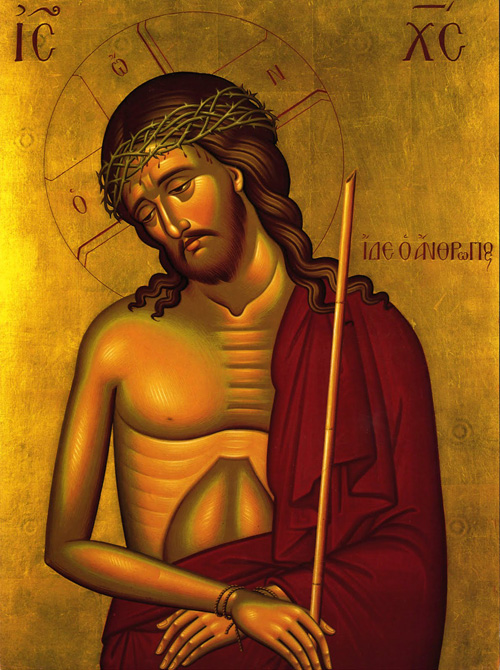 Christ the Bridegroom is the central figure in the parable of the ten Virgins (Matthew 25: 1-13); Christ is the divine Bridegroom of the Church as described in the Book of Isaiah (chapter 54), as well as the primary image of Bridegroom Matins.
Christ the Bridegroom is the central figure in the parable of the ten Virgins (Matthew 25: 1-13); Christ is the divine Bridegroom of the Church as described in the Book of Isaiah (chapter 54), as well as the primary image of Bridegroom Matins.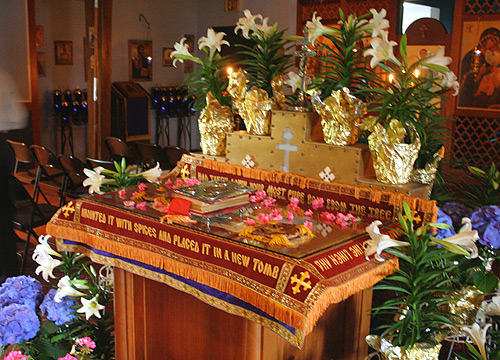 On Friday night, the Matins of Holy and Great Saturday, a unique service known as the The Lamentations at the Tomb (Epitáphios Thrēnos) is celebrated. This service is also sometimes called Jerusalem Matins. Much of the service takes place around the tomb of Christ in the center of the nave. A unique feature of the service is the chanting of the Lamentations or Praises (Enkōmia), which consist of verses chanted by the clergy interspersed between the verses of Psalm 119 (which is, by far, the longest psalm in the Bible).
On Friday night, the Matins of Holy and Great Saturday, a unique service known as the The Lamentations at the Tomb (Epitáphios Thrēnos) is celebrated. This service is also sometimes called Jerusalem Matins. Much of the service takes place around the tomb of Christ in the center of the nave. A unique feature of the service is the chanting of the Lamentations or Praises (Enkōmia), which consist of verses chanted by the clergy interspersed between the verses of Psalm 119 (which is, by far, the longest psalm in the Bible).